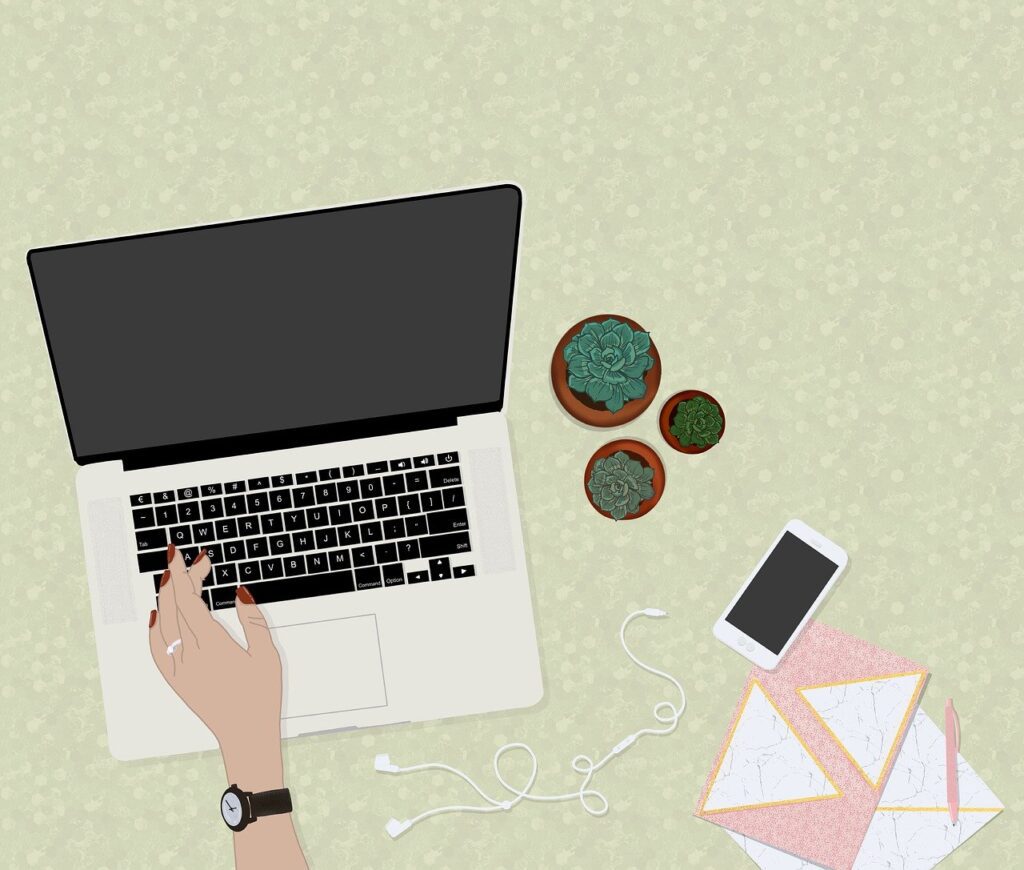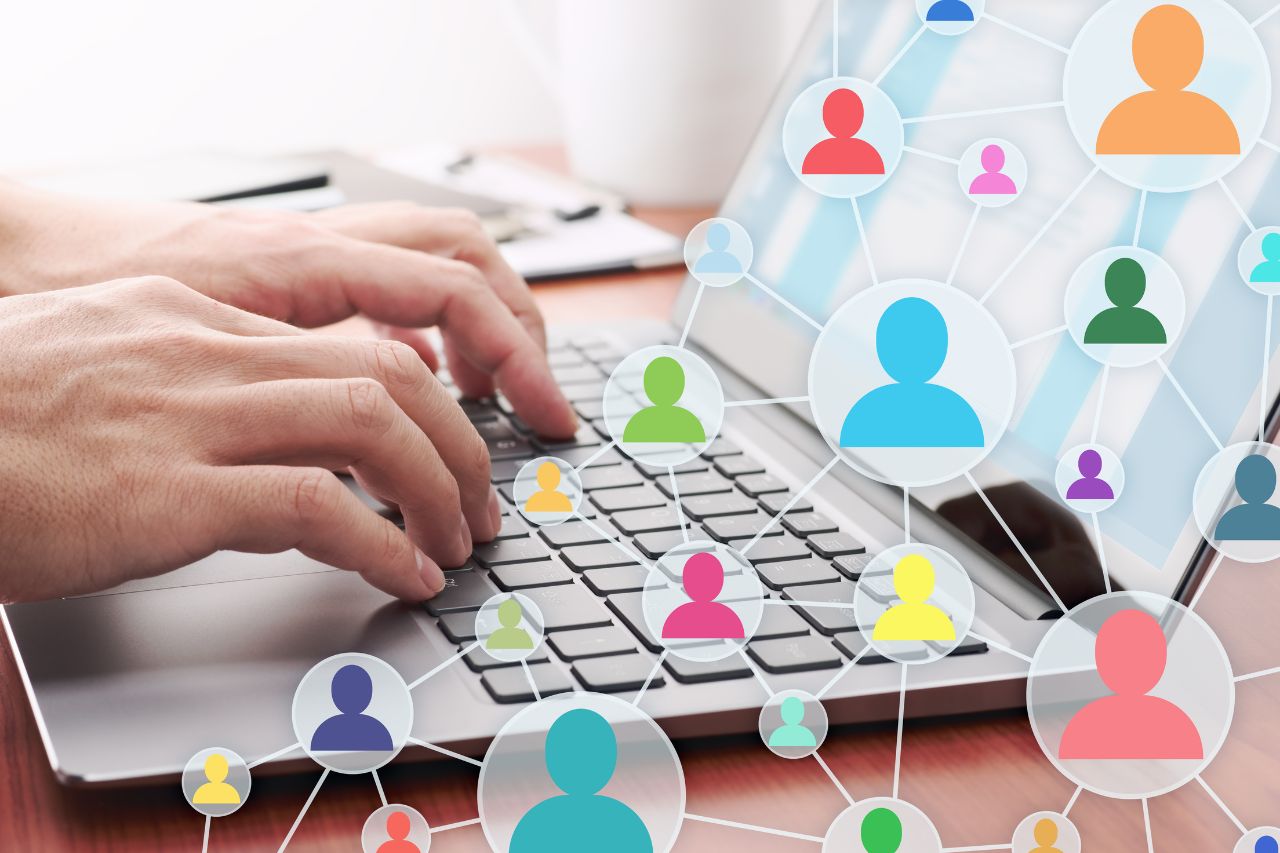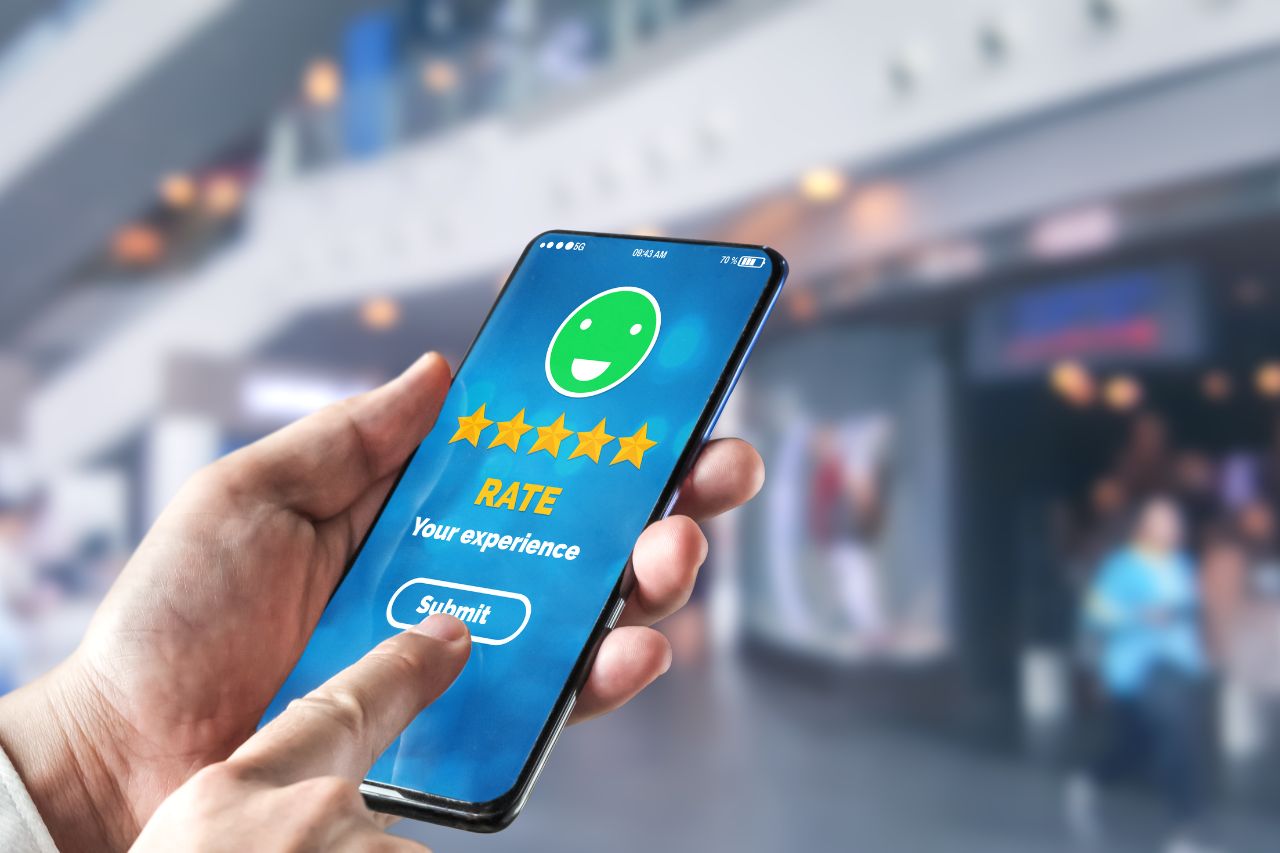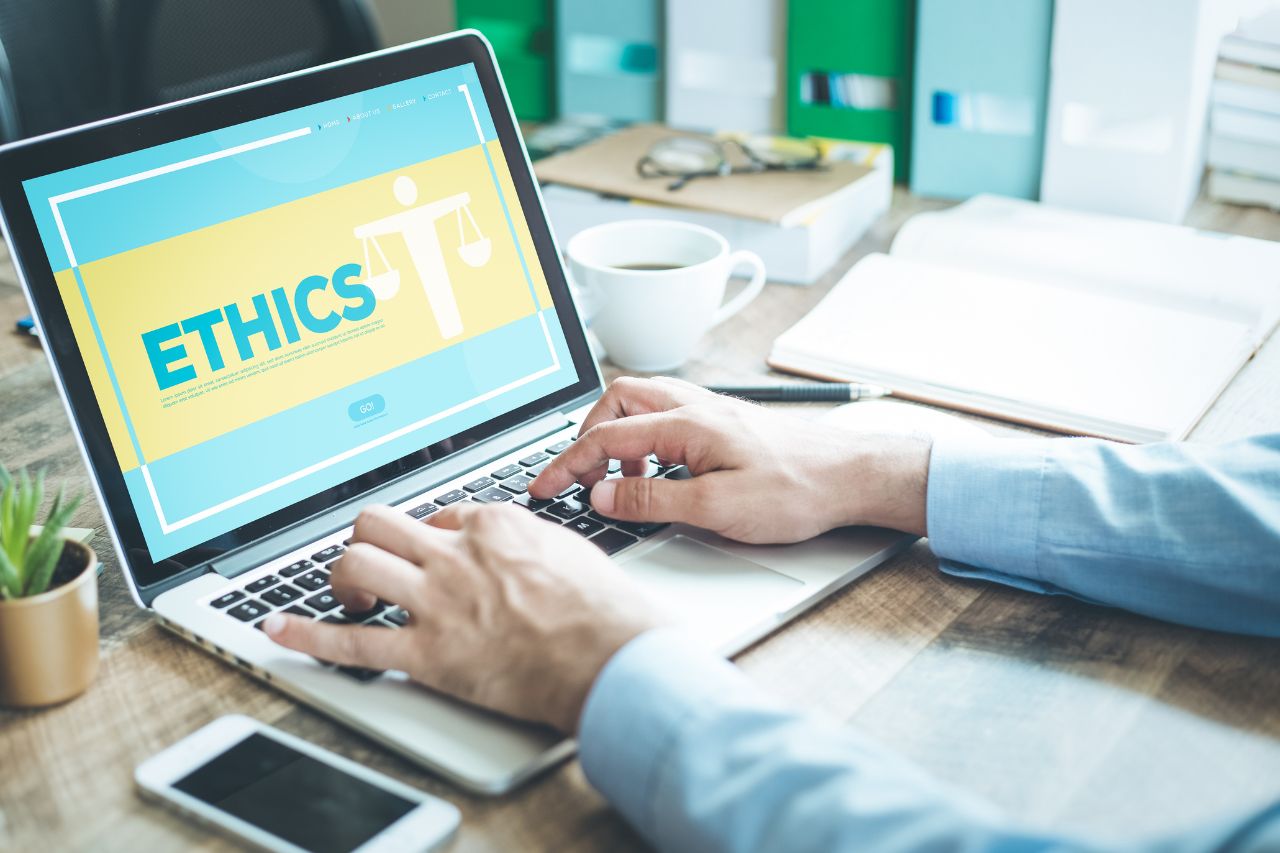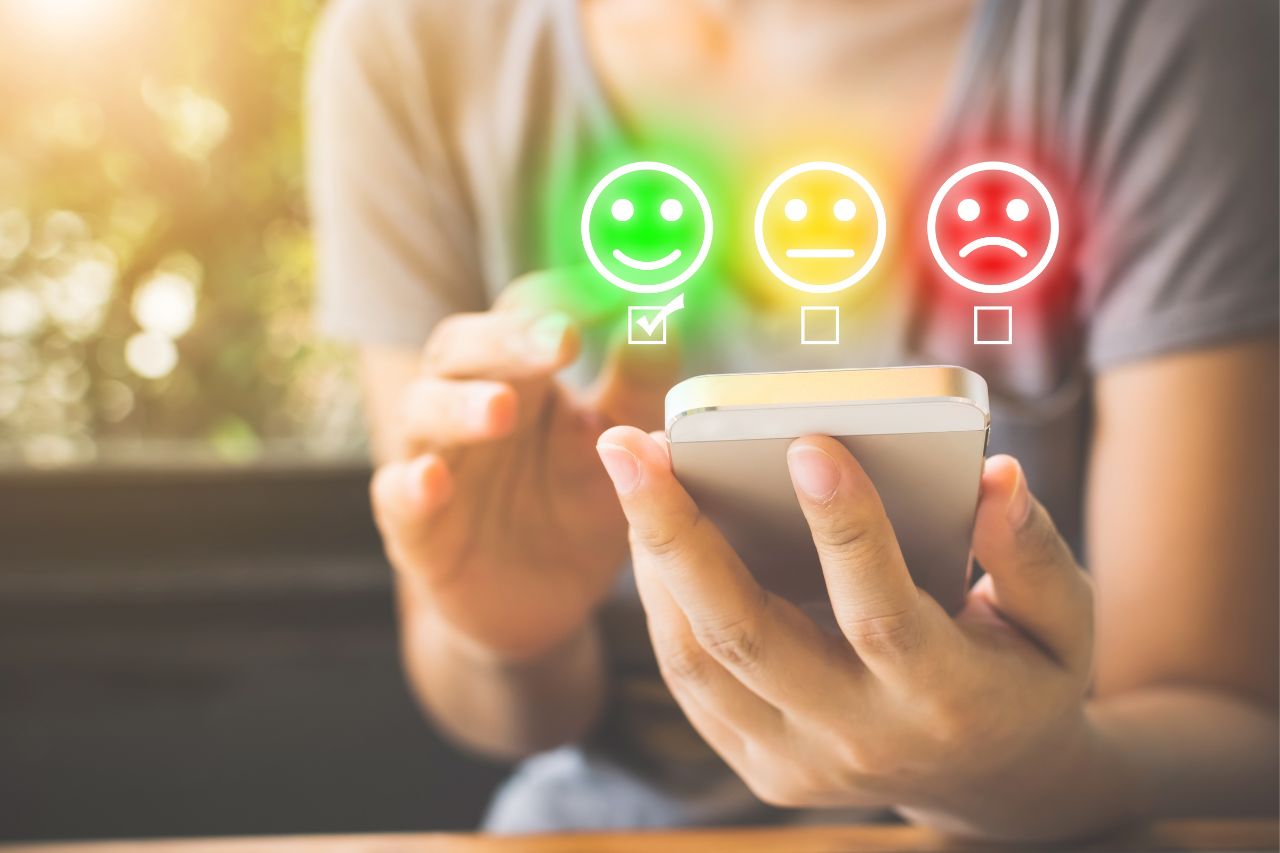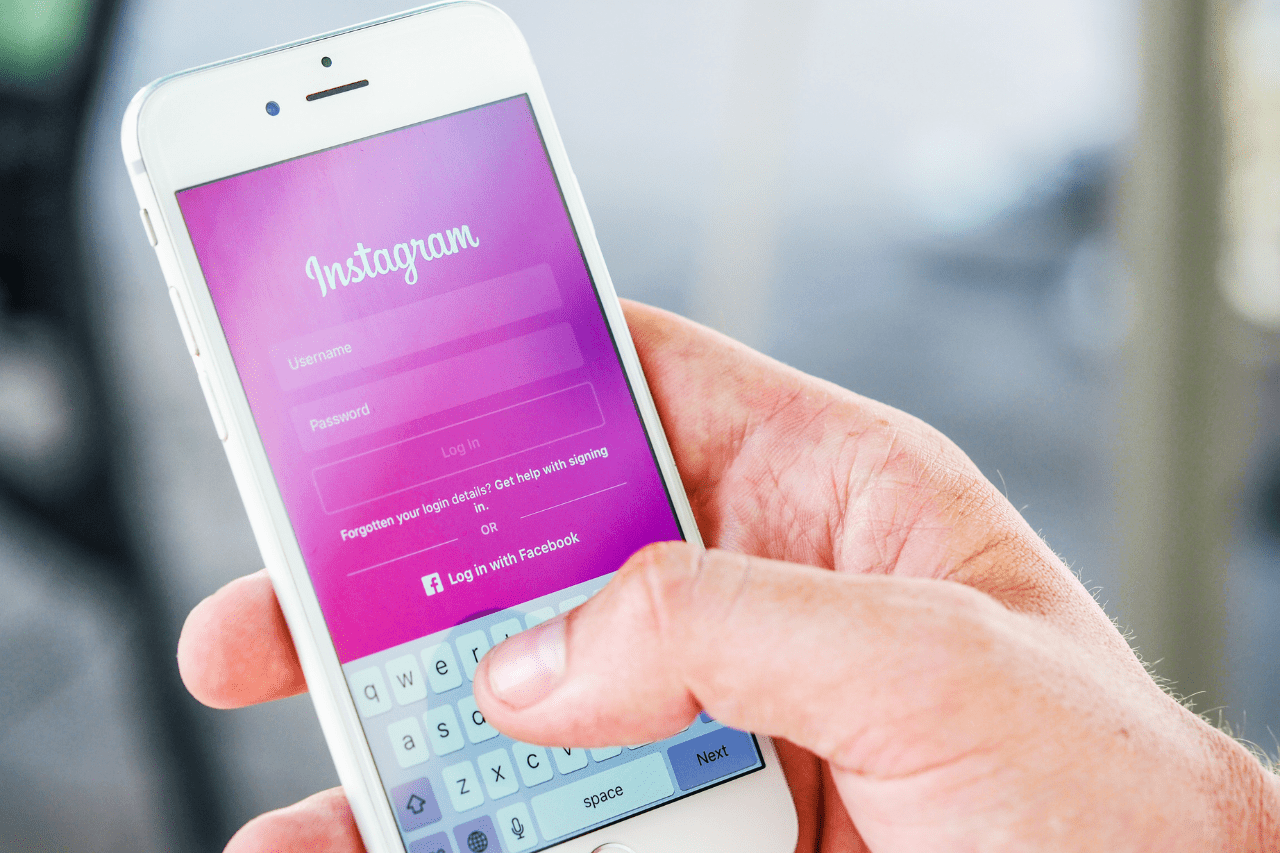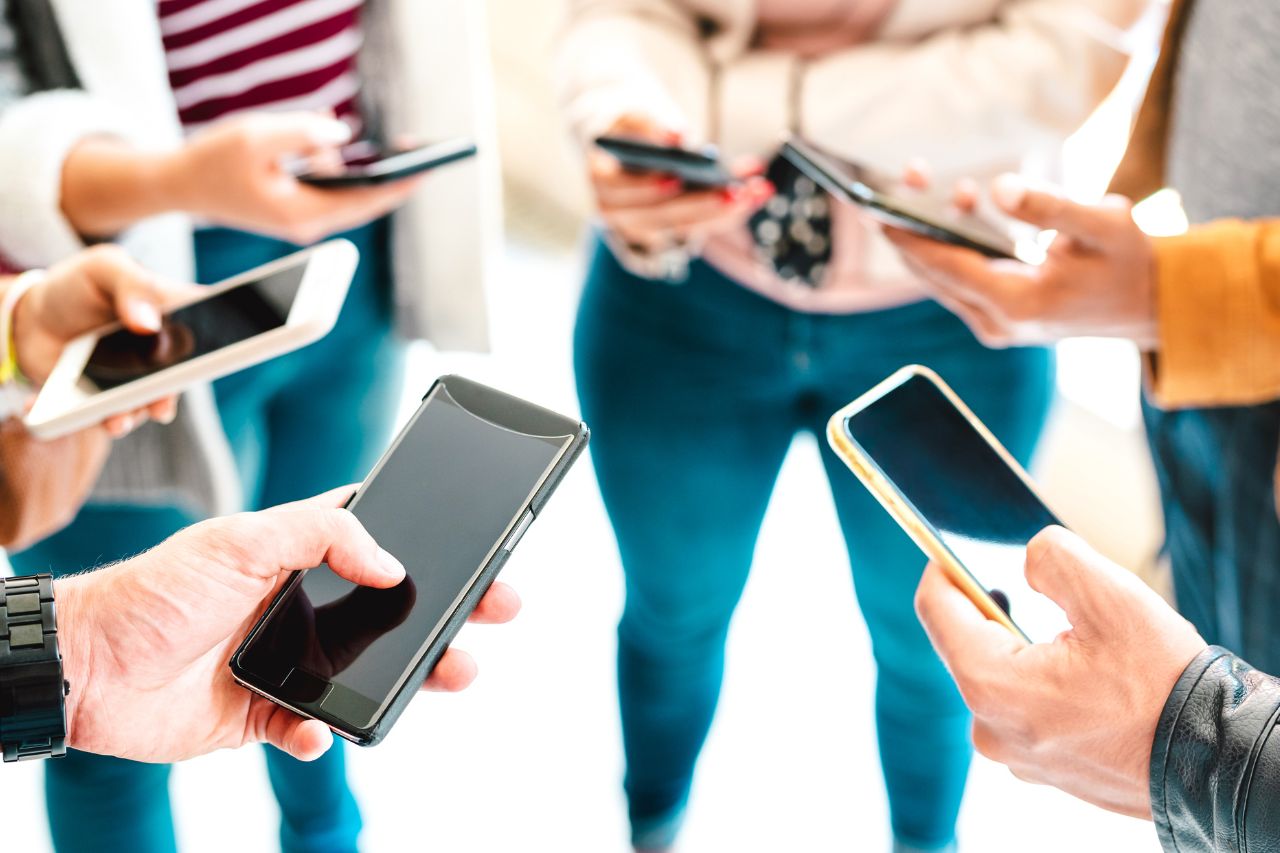Personalizing customer experiences to each customer reduces churn and increases lifetime value. Strategies include creating buyer persona profiles tailored to fit the needs of your target audience, dynamic retargeting campaigns, and loyalty programs.
By employing data-backed personalization, you can deliver tailored messages at every stage of the customer lifecycle – helping create loyal repeat buyers.
Awareness
As soon as a prospective customer discovers your brand for the first time, you have an opportunity to capture their interest through campaigns that provide relevant content and spark their desire to learn more. To do this effectively, data-driven insights must provide personalized experiences across channels.
Lifecycle marketing provides a solution. This strategy involves developing relationships throughout each stage of the marketing funnel and turning prospective customers into loyal brand advocates. To start this off right, create a detailed buyer persona profile including demographics, psychographics, purchasing behaviors, and pain points so you can use this data to segment your audience and deliver messages that resonate.
Awareness stage marketing begins with a well-crafted email campaign. Your top-of-funnel customers require educational emails about how your product or service can solve their issues, then once aware, nurture their interest further with campaigns featuring reviews from satisfied customers as proof.
To ensure that your message is heard, your email must be delivered at precisely the right time. Testing subject lines and cadences to maximize open rates as well as optimizing preheader text and body content to grab readers before they even open up their emails is key to making sure they hear you!
Once a prospective customer is ready to purchase, it’s essential that they feel secure about their decision. You can help this happen by providing relevant and timely support – something customer loyalty programs excel at doing. Once satisfied customers become yours, repeat business is much simpler to generate than new acquisitions.
Consideration
Marketers in the consideration stage must find ways to demonstrate value to potential customers. Retailers, for instance, might send email blasts offering discounts or promotions, product guides or tutorials; or personalizing messages by using search keywords (e.g. “best lightweight camping tents”) so REI sends emails featuring the top options, with photos and reviews from other users.
At this point, marketers must prioritize customer retention. By keeping current customers loyal, companies can save money on acquisition costs and increase lifetime customer value – depending on the industry this can cost up to seven times more than keeping existing ones!
At this stage, personalized marketing can help businesses increase customer retention rates by showing they care about their needs and preferences. For instance, when customers make three purchases within a year from a company’s webshop, emails may be sent out with recommendations for products that match those needs or interests. Through the analysis of customer data, brands can better understand their audiences to deliver relevant content at just the right time to spur conversions.
At this stage, it’s also essential to keep in mind that consumers need enough information before making their decision. That’s why offering multiple channels of communication at this stage – for example, social media, email newsletters, events or website advertisements might work better – is necessary so potential buyers can connect with your brand in ways they find comfortable – for instance, a small art gallery might use these methods while larger museums may need to use additional forms like TV commercials and billboard ads in their outreach strategy.
Purchase
The acquisition is the initial stage in lifecycle marketing, where potential users come to your brand and exchange personal data in exchange for content that solves their problems and makes using your product easier – this may take the form of blog posts, white papers, ebooks, templates or webinars – with the hope that customers find your content compelling enough that they’ll purchase from you.
Retention is the next stage after customer acquisition, wherein users remain active with your app or service by sending them content such as guides for using it and reminders about renewing subscriptions, etc. You could even offer special perks or discounts as rewards for their loyalty – though keeping users engaged may prove challenging due to too much or overdoing it which can come across as spammy messages – real-time data, personalization, and marketing automation can help ensure a successful lifecycle management.
By mapping out the lifecycle stages of your business, you can develop a tailored strategy to the needs of users and increase your chances of retaining users, which is 5-25 times cheaper than trying to acquire new ones. Breaking your strategy down into smaller, more specific goals for each stage also gives a clearer view of its effectiveness. By creating buyer personas–fictional stands-in for your target audience–you can more fully comprehend their psychology and use that information to drive marketing ideas–enabling you to create tailored, relevant content tailored just for them!
Support
Once customers have purchased your product, they must remain brand advocates. One effective strategy for doing this is through exceptional customer service, data-backed personalization, and loyalty programs which make customers feel like your brand is part of their lives. In addition, this stage of lifecycle marketing also involves using referral campaigns to drive repeat business.
Dependending upon the product, support phases can range anywhere from short to lengthy; fashion brands typically experience shorter product cycles due to seasonal trends or as children outgrow toys and games; tech developers continually release devices with cutting-edge features; however other products with longer lives like furniture or automobiles require ongoing support and maintenance, making lifecycle marketing especially useful in providing ongoing service and care.
At this stage of lifecycle marketing, data capture and nurturing continue. A good strategy at this stage is key to driving consistent revenue streams; email, social media, mobile apps, or websites may all provide avenues for such engagement.
At this stage of lifecycle marketing, marketers should monitor conversion rate and churn rate to assess whether their efforts are having any positive effect on customer retention and if any adjustments need to be made to their strategy.
Understanding marketing goals at each stage is paramount to business success. By balancing best practices and experimentation, businesses can optimize their resources for maximum impact – growing sales, building trust, increasing customer lifetime value, and creating brand advocates.
Loyalty
Loyalty stage campaigns can be powerful tools in customer retention strategies. Here, the goal should be to encourage repeat purchases with highly relevant and tailored offers (think re-engagement emails based on RFM segments like frequency, spending, or likelihood to churn). Furthermore, loyalty stage campaigns offer incentives for customers to share positive experiences about your brand – helping expand your email list while simultaneously growing new customer accounts without incurring lead generation expenses.
At this stage, it’s crucial to keep in mind that every customer is unique. While best practices provide a solid base, innovation and intuition may often yield solutions more suited to your audience and business. Understanding your data is the key to making confident decisions based on accurate insights.
While traditional customer journey models involve funneling customers through increasingly narrow stages until they reach the bottom of your funnel and purchase, modern consumers typically move more freely from stage to stage and need an approach that embraces their fluid purchasing habits while offering engagement opportunities along the way. Companies must adopt customer lifecycle models which include mechanisms that support these changes in buying behavior while creating opportunities to connect with them along the way.
By employing an omnichannel approach that utilizes web, mobile apps, and email, you can craft highly relevant, customized communications with your target audience to guide them through each stage of your marketing cycle and increase loyalty, customer lifetime value, and revenue for your business. To discover more on how you can utilize data-driven personalization for lifecycle marketing strategies download our complimentary whitepaper today.

